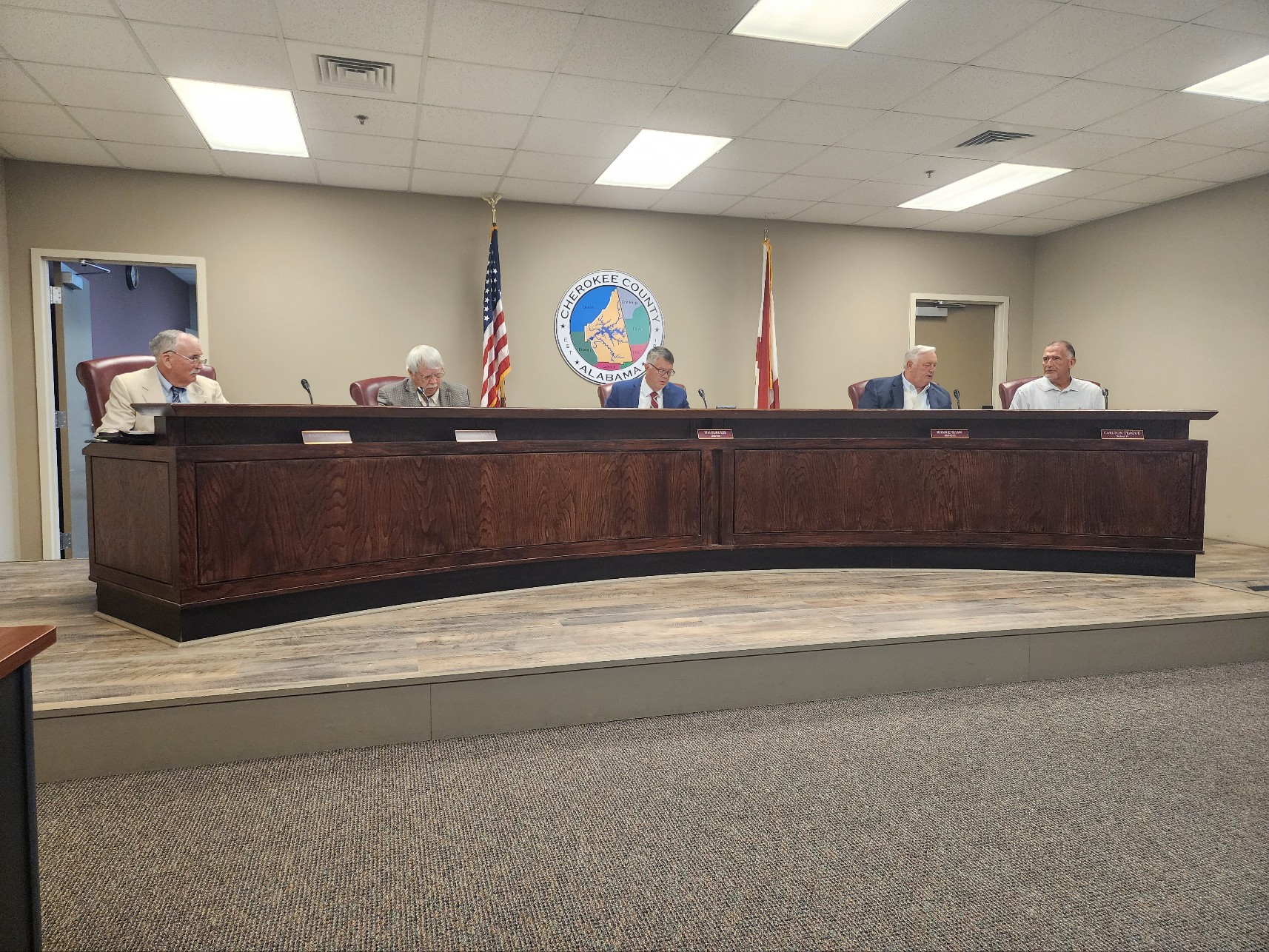.jpg)
(WASHINGTON) — Every election cycle, political observers speculate about the power and prevalence of ticket-splitters: voters who support one party for president and another on down-ballot races. This year, their influence is unquestioned: they hold the House and Senate majorities in their hands.
Given the congressional maps and margins, both chambers are set for flips. In the Republican-controlled House, if Democratic House candidates win every district that President Joe Biden won in 2020, the party will regain control there. And if states with Senate races follow the expected presidential results, Republicans will retake the Democratic-controlled upper chamber in November.
That leaves the already influential but dwindling tribe of voters willing to split their tickets with a particularly uncommon amount of sway this November, underscoring the unsteady footing Democrats and Republicans hold in Washington and the vast importance of candidates’ ability to reach beyond partisan loyalties.
“I don’t recall any time in our history where it’s been this way, especially not in my lifetime,” said former Michigan Republican Rep. Mike Bishop, who was swept out of office in the 2018 blue wave. “It’s going to be razor thin.”
Republicans are defending their tissue-thin majority in the House, with 17 Republicans holding the line in districts that Biden took four years ago — 10 of which are in sapphire blue California and New York. And Democrats can afford to suffer only one loss in the Senate — and with a surefire defeat in West Virginia’s open Senate race, they’ll need battle-tested incumbents to hang on in ruby red Montana and Ohio.
That’ll leave both parties leaning on a trend that has precipitously dropped in recent years.
In 1988, the first of a series of consecutive, competitive election years, half the states with Senate races supported the same party for president and Senate, a number that grew to around 70% by 2000. By 2016, there was no difference between the Senate and presidential map, and in 2020, only Sen. Susan Collins, R-Maine, bucked her state’s presidential results, winning reelection on the back of a longstanding brand of pragmatism.
The trend has bucked the historic mantra that “all politics is local,” leaving national politics to rule the day and margins in statewide and House races to more closely track presidential election results.
“With ticket-splitting, you’re dancing on the head of a pin,” said Mike Madrid, a GOP strategist based in California, which is home to several House Republicans in Biden-won districts.
The key to winning over enough of the remaining ticket-splitters, Democrats and Republicans said, is establishing a candidate’s unique brand, which lawmakers this year are hard at work trying to accomplish.
Montana Sen. Jon Tester, a Democrat, makes a concerted effort at bolstering his just-like-you reputation as a farmer, while Ohio Democratic Sen. Sherrod Brown doubled down on his blue-collar appeal as a pre-Trump era populist.
And in California, Republican Reps. David Valadao and Mike Duarte have highlighted their own experience as farmers, for instance, while Republican Rep. Mike Garcia has promoted his time as a naval combat pilot.
All the while, the lawmakers have avoided hammering away at the other party, instead focusing on flaws specifically with their leaders, while working to push bipartisan measures in Congress that could address local issues and constituents’ concerns.
“It’s the way you act and the way you speak,” said New York GOP strategist Tom Doherty. “Work with the other side. Everything you do can’t be, ‘they’re bad people because they’re Democrats,’ or ‘they’re bad people because they’re Republicans.'”
“It’s incredibly important that the brand is built on authenticity, and that’s really why people split tickets,” added one Democratic strategist working on Senate races. “Partisanship tells us a lot, but ultimately, people tend to vote for the candidate who they think is A, on their side, and B, giving it to them straight.”
For some lawmakers in particularly hostile political territory, having a high-profile break with your party or staking out a big claim on an unconventional issue given a candidate’s partisanship could also prove beneficial.
New York Republican Rep. Marc Molinaro used his opening ad to discuss abortion, saying that “I believe health decisions should be made between a woman and her doctor, not Washington.” Tester stayed away from his party’s national convention in Chicago this month. And Brown is out with an ad featuring a Republican sheriff highlighting efforts to stem the flow of fentanyl across the southern border.
“You need to have something that people don’t expect,” said former Republican Rep. Steve Stivers, a former chair of House Republicans’ campaign arm. “It doesn’t need to be a giant disagreement, but it needs to be unexpected, I think, to really catch people’s attention and build an independent brand.”
“You have to have those disagreements,” agreed former Democratic Rep. Nick Rahall, whose opposition to abortion and A+ rating from the National Rifle Association helped protect him in a red district in Ohio until Republicans finally unseated him in 2014. But, he warned, “it’s not a guarantee.”
Already, the country saw some candidates defy political gravity.
Despite having a disappointing 2022 cycle overall, Republicans were able to win and flip several Biden-won House districts in California and New York — the same seats that make up the path to the House majority — on messages on crime and the border while keeping former President Donald Trump at arm’s length.
But that was then. This year, the matchup between Vice President Kamala Harris and Trump will be the gravitational force in elections.
“Republicans in Biden districts found an issue that resonated with persuadable voters,” said former New York Rep. Steve Israel, who chaired House Democrats’ campaign arm for two cycles.
Replicating that success, though, will be “more difficult in a presidential year for Republicans,” Israel said.
This year’s presidential election is shaping up as another test of how much the rubber band between presidential and down-ballot margins can stretch — before it snaps.
“There are elections where the top the ticket is so overwhelming that everybody gets washed away. That is certainly something that can happen. But the only defense is to control your own persona and your own message,” said William O’Reilly, a GOP strategist who has worked on down-ballot races in New York. “You have to swim the tide, do the best you can and hope it’s not too overwhelming.”
There’s no way to know precisely how far a candidate can run ahead of the top of the ticket, but Madrid, who is also a senior fellow at the University of California, Irvine, studying the state’s competitive Orange County, said, “anything over 5-7 points is stretching the rubber band pretty tight.”
That’s on top of the increasing tribalism of modern politics.
Bishop, the former Michigan congressman who lost in 2018, said more and more people are less eager to split tickets and more than willing to simply pull a lever against a party they dislike — and there’s virtually nothing a candidate can do to reach those voters.
“There was nothing that I could say,” Bishop said of his 2018 race. “It didn’t matter who I was, what I stood for, whether or not they had confidence in my ability to represent them. It was an absolute protest vote, and for the first time I almost lost my hometown that I used to drag through at 60%, 70%.”
When asked if there’s anything down-ballot candidates can do to distance themselves from the party standard bearers, Bishop sounded a pessimistic tone.
“I just think the current is so strong at the top of the ticket that they’re getting pulled along,” Bishop said of the presidential candidates’ pull. “These personalities are bigger than life.”
Copyright © 2024, ABC Audio. All rights reserved.




